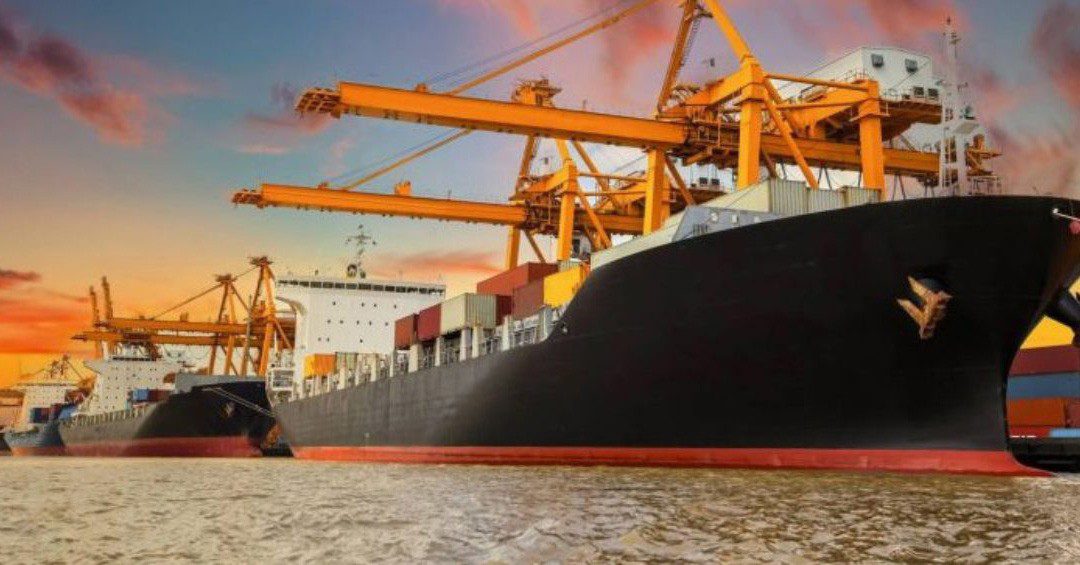KEYS Azalea completes first ship-to-ship LNG bunkering in Western Japan

On April 10, KEYS Azalea, an LNG bunkering vessel owned and operated by KEYS Bunkering West Japan Ltd. (“KEYS”) — a joint venture established by Kyushu Electric Power Co., Inc.; NYK Line, ITOCHU ENEX CO., LTD.; and Saibu Gas Co., Ltd. — bunkered LNG for the pure car and truck carrier Daisy Leader at the port of Hiroshima. This is the first LNG bunkering after KEYS Azalea’s delivery and the first ship-to-ship LNG bunkering in western Japan, according to NYK’s release.
KEYS Azalea is equipped with a dual-fuel engine that can operate on both LNG and fuel oil. The LNG fuel supplied to Daisy Leader was shipped from the Tobata LNG terminal of Kitakyushu LNG Co., Inc.
LNG fuel offers excellent environmental performance compared with traditional marine fuels. It is expected to be a bridge solution for decarbonization, virtually eliminating sulfur oxide (SOx) emissions and reducing approximately 80% of nitrogen oxide (NOx) emissions and 30% of carbon dioxide (CO2) emissions.
On April 10, KEYS Azalea, an LNG bunkering vessel owned and operated by KEYS Bunkering West Japan Ltd. (“KEYS”) — a joint venture established by Kyushu Electric Power Co., Inc.; NYK Line, ITOCHU ENEX CO., LTD.; and Saibu Gas Co., Ltd. — bunkered LNG for the pure car and truck carrier Daisy Leader at the port of Hiroshima. This is the first LNG bunkering after KEYS Azalea’s delivery and the first ship-to-ship LNG bunkering in western Japan, according to NYK’s release.
KEYS Azalea is equipped with a dual-fuel engine that can operate on both LNG and fuel oil. The LNG fuel supplied to Daisy Leader was shipped from the Tobata LNG terminal of Kitakyushu LNG Co., Inc.
LNG fuel offers excellent environmental performance compared with traditional marine fuels. It is expected to be a bridge solution for decarbonization, virtually eliminating sulfur oxide (SOx) emissions and reducing approximately 80% of nitrogen oxide (NOx) emissions and 30% of carbon dioxide (CO2) emissions.





